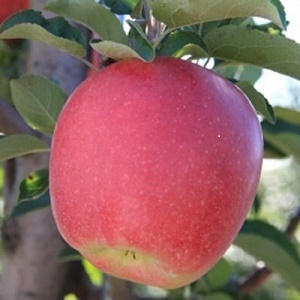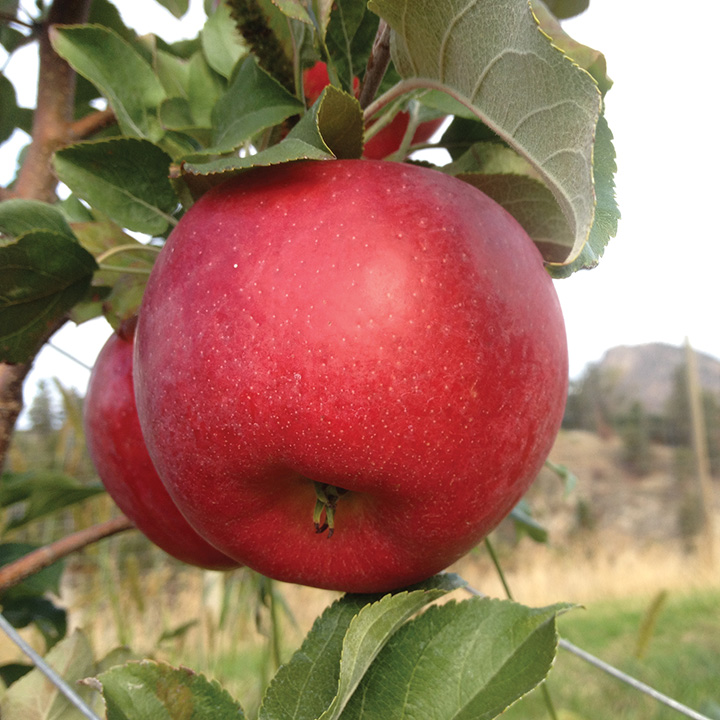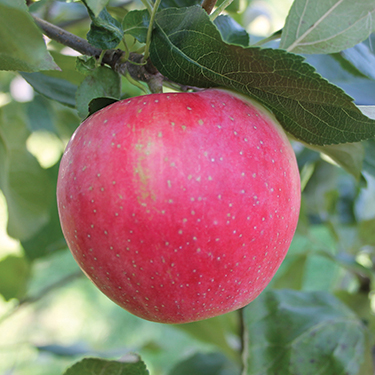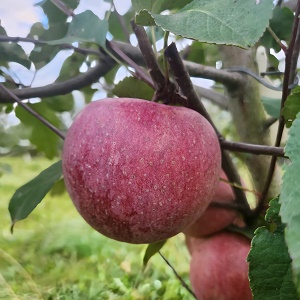Apple : AMBROSIA Semi-Dwarf (G969) (Orchard Grade)
$37.95
An 'orchard grade' is a tree that may be somewhat shorter, slightly crooked, or a bit scratched, or for some other reason is not a perfect front lawn specimen. These trees will work just as well in an orchard as a first or number one would, since they still produce the very same fruit.
As one of the foremost commercial apples of today, Ambrosia hardly needs much introduction. Nowadays most modern varieties are the result of university research programs, but this is one of nature's unexpected gifts. In the late 1980s, Wilfred Mennell of Keremas, BC took out an old Golden Delicious orchard and replanted it to Jonagolds. A chance seedling that turned up in the row attracted the pickers' attention when it began to fruit. They found the flavour irresistible and the tree always got stripped clean for their own use! Eventually reaching the mass market, it quickly became a favourite of many for its crunchy and aromatic, honey sweet, low acid flesh. Keeps until January.
NEEDS A POLLENIZER | ZONE 5 | HARVEST: MID OCT.
.
Only logged in customers who have purchased this product may leave a review.
Growing Tips
Besides selecting the most disease resistant varieties, there are
a few simple things to do to have better apples.
- Fertilize under the outer edges of your trees. There are no feeder roots next to the trunk. A well fed tree stays healthier. (Adequate calcium in the soil also helps so that apples keep longer.)
- Pick up fallen fruit and compost, dispose of, or feed to livestock (where possible).
- Rake up leaves in the fall and compost them away from the orchard.
- Prune trees to encourage light and air to reach the inside of the tree.
- Provide bird nesting sites near your orchard. A variety of orchard companion type plants will attract native pollinator insects and also encourage birds to come and eat insect pests.





Reviews
There are no reviews yet.